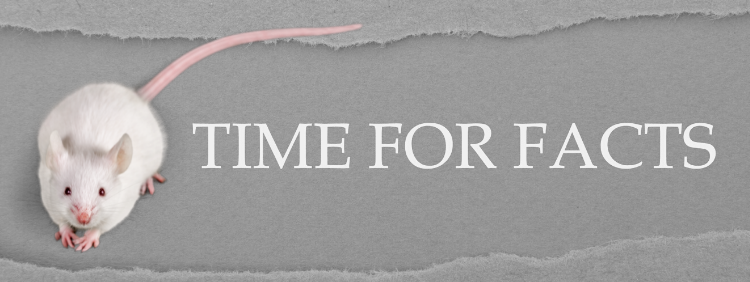Burlington Rodent Removal: 3 Fun Facts About Rats

Rats don’t top many people’s favourite animal list, but it’s tough to argue they haven’t been incredibly successful at adapting to human environments. While you certainly shouldn’t welcome them needlessly into your home, it doesn’t hurt to learn a little about these fascinating and adaptable creatures. As you wait for rodent removal in Burlington, check out these fun facts about rats.
Their Teeth Don’t Stop Growing
Unlike most other mammals, rodents’ teeth never stop growing. Though this might sound almost absurdly inconvenient, rodents actually have a good reason for having kept this trait through their evolutionary past. For most mammals, worn teeth pretty much mean that death is close at hand. For rodents, things are different.
Rats and other animals in the same family wear their teeth all the time, as they chew on nuts, wood, and other tough objects in order to find food and prepare living spaces. This can be extremely taxing, especially for small creatures that rely on their frontal incisors for almost all of their eating.
While carnivores like wolves and foxes can use their rear-stationed carnassial teeth like scissors to cut food into digestible chunks, such an adaptation is useless for eating plant matter. Deer and other large herbivores, conversely, chew on such soft food, there’s little need for specialized front teeth. Rodents’ incisors are specially designed to grow at roughly the same rate they wear down through chewing. In most cases, rodents chew so much that their teeth don’t come close to being excessively long. In extreme situations, however, they can grow out of control and make proper feeding impossible.
They Reproduce Incredibly Quickly
It’s hardly a secret that rats and their close relatives can breed rapidly and prolifically, but you may not know exactly how quickly they can procreate. A female rate can breed about six times per year. That’s once every two months. A single litter can range from five to 12 pups. Each pup reaches sexual maturity and becomes able to procreate after a little more than a month of life.
Of course, the growth potential of a rat colony depends entirely on available food, water and shelter. Without sufficient resources, most offspring die of starvation or disease. Under ideal circumstances, however, a single rat mother can spawn a colony of several thousand individuals in just one year. A more realistic number is probably around a thousand, but such a population is still capable of growing exponentially. The more rats are present to found a colony, the greater the chances a massive population will emerge in the not-too-distant future.
If you own a large property and want to keep rats away, it’s essential to keep free sources of food and water locked away. Often, business owners and residents attract pests without even realizing it by leaving animal feed, including bird feed, in poorly secured storage sheds. Such oversights are a virtual guarantee that your property will play host to a satisfied rodent colony.
They Can’t Throw Up
For many mammals, the ability to throw up is a critical evolutionary adaptation. Since the natural world is rife with poisonous, toxic or otherwise harmful substances, the ability to vomit is a dependable last-ditch safety measure. Since rats never developed this precaution, they are particularly vulnerable to ingestable toxic substances. This is why some poisons are significantly more effective at killing rodents than other animals.
If you’ve discovered a rat infestation in your home, don’t attempt to deal with it on your own. Rodents can spread a number of particularly dangerous diseases and can bite when threatened. At Truly Nolen, we know exactly how to deal with stubborn rodent infestations and can safely administer the correct baits for your situation. For professional, experienced service, call Truly Nolen today.